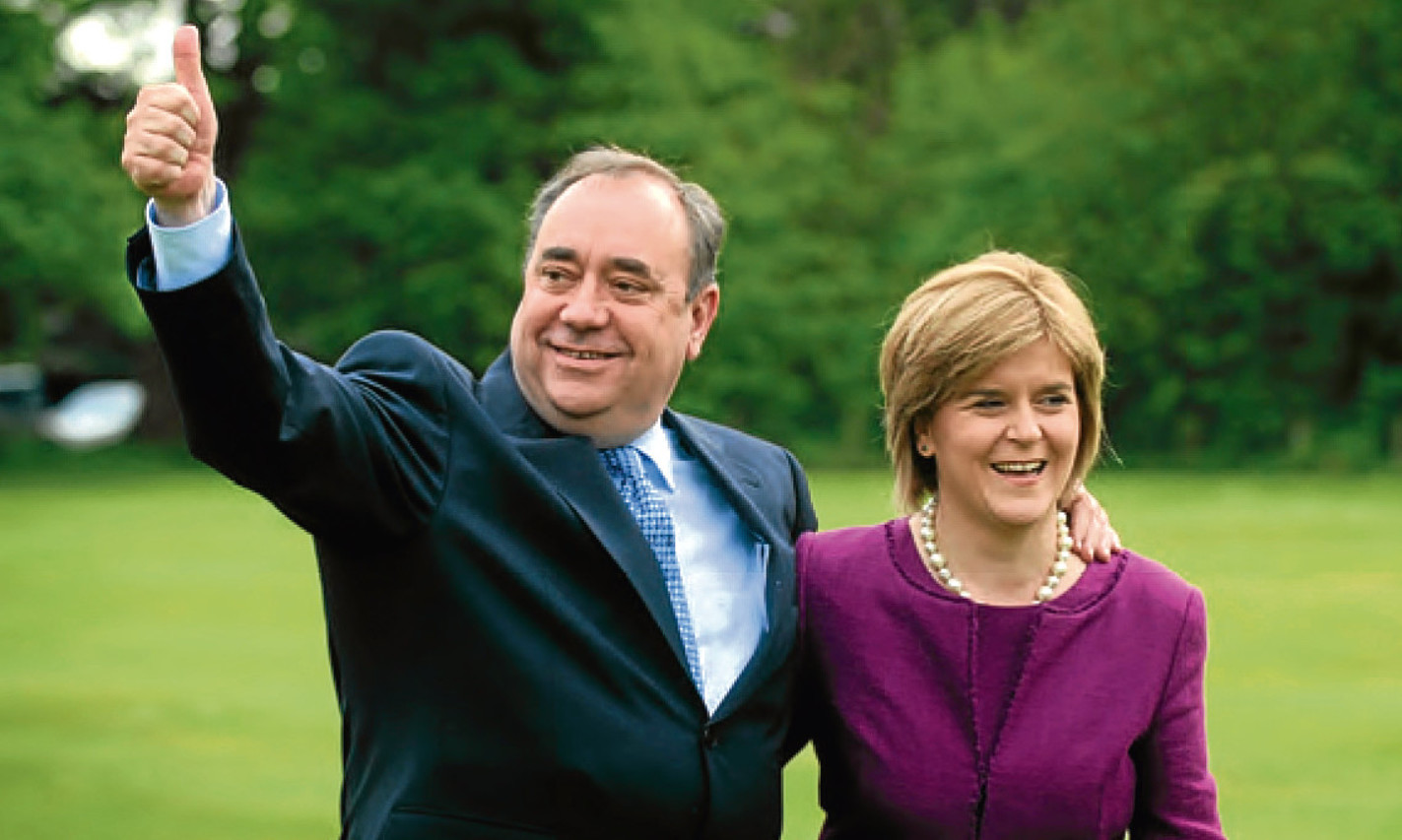“That is why, on this 10-year anniversary, I promise the people of Scotland that we will never stop working hard to make Scotland the best country it can be”
So said Nicola Sturgeon this week, presuming that Scotland had made progress over the last 10 years of SNP rule and would continue to do so.
Yet evidence is now emerging that the last 10 years were more like a “lost decade” of stagnation.
It raises the possibility that everything that has happened since devolution has been ineffective – that the policies of our main political parties had no effect on the welfare or wealth of the nation.
Evidence is a rare commodity in Scottish politics – we tend to talk in lists of achievements, implying that activity must translate into effect.
For example, if you ask the Scottish Government what they have done for the economy, they will give you a list mentioning the small business bonus.
This is policy which exempts businesses with a turnover of less than £15,000 per annum from paying business rates.
The problem is that there is no evidence for the effect of the small business bonus – we don’t know if it’s good, bad or indifferent.
Paying less or no tax sounds good – but it may simply have been a giveaway of no use to the economy.
Different ways
This lack of evidence has long dogged Scotland – we do things, then we do different things, often swayed by international examples but are very poor at methodically tracking our own policies, or building policies around the evidence.
A 10-year anniversary is time to check on progress – we can track how things have performed over a decade and use the indicators which were cited in the first place.
The new Scottish Government under Alex Salmond set out a series of targets for Scotland. They are contained in the Government Economic Strategy of November 2007.
This document represented the very heart of Nationalist thinking about how Scotland should change.
The first target was to match UK and EU economic performance levels.
The thinking was driven by the fact Scotland has lagged for decades behind the rest of the UK and other EU nations in terms of growth.
However, 10 years later, the data showed Scottish growth has matched the UK’s for only 12 out of 40 quarters (of a year) and is currently behind.
In 2007, the Scottish Government wanted Scotland to rank in the top quartile of productivity as measured by the OECD.
No change
Over the last 10 years Scotland’s productivity fell and then recovered but is exactly where it was a decade ago.
Another target was that Scotland should maintain its position as having the highest employment rate of any UK member state – 10 years later, it has fallen behind England as a trend but the latest figures show us slightly above.
Next on the list was improving the employment rate to that of the more successful New Zealand.
The gap is exactly the same today as it was in 2007.
Lastly, the fresh-faced SNP government of 2007 wanted to boost population growth to the EU average – and on that we have succeeded, exceeding the average by a wee bit (less than 0.1 percentage point)
Regrettably, this is likely to fall back as Brexit progresses.
Other data says that over 10 years Scotland has fallen in global education rankings, crime is (slightly) increasing, and longevity is static (the poor still die younger than the rich).
The evidence appears to show that a decade of SNP rule has at best done nothing and at worst slightly damaged the country.
If we were having a useful election, this would be centre stage – not as a means to knock the SNP, though no doubt that would happen – but as a proof that the largely consensual, small “c” conservative policies pursued since devolution haven’t fundamentally altered Scotland at all.
We have done different things to the rest of the UK but these have largely been in the realm of reducing charges to services (ending bridge tolls, free prescriptions, elderly care, tuition fees) and we reorganised institutions.
However, we haven’t taken any bold policy decision, such as to renationalise utilities or change the tax system and the evidence shows we haven’t closed the poverty gap, redistributed wealth, improved education or educated more poor people.
Devastating
This is devastating – given the opportunity to govern ourselves, we have done plenty of nice things but nothing to alter the fundamentals.
The core “Scottish” problems of chronic urban poverty and a slow economy are as they were in 2007 and pretty much as they were in 1997, when we voted for Holyrood.
None of what has been said in this election signals change is about to come.
Scotland is approaching, if not already in, a crisis of stagnation – at such times nations need big ideas, brave decisions and bold leadership.
The sad truth is that pretty much everything we have done to date hasn’t worked.
